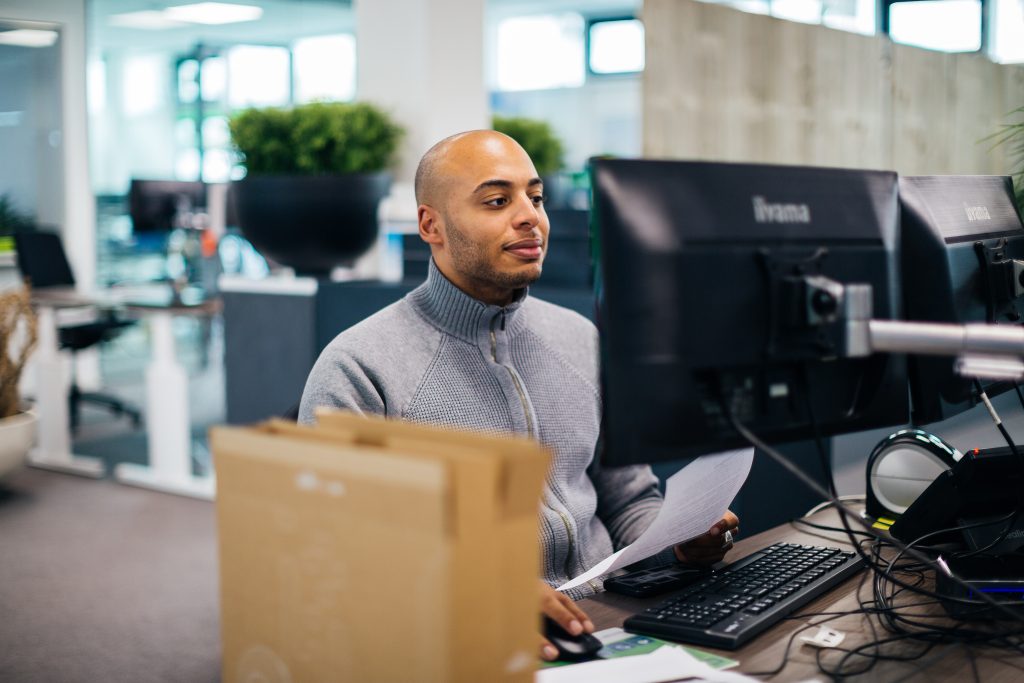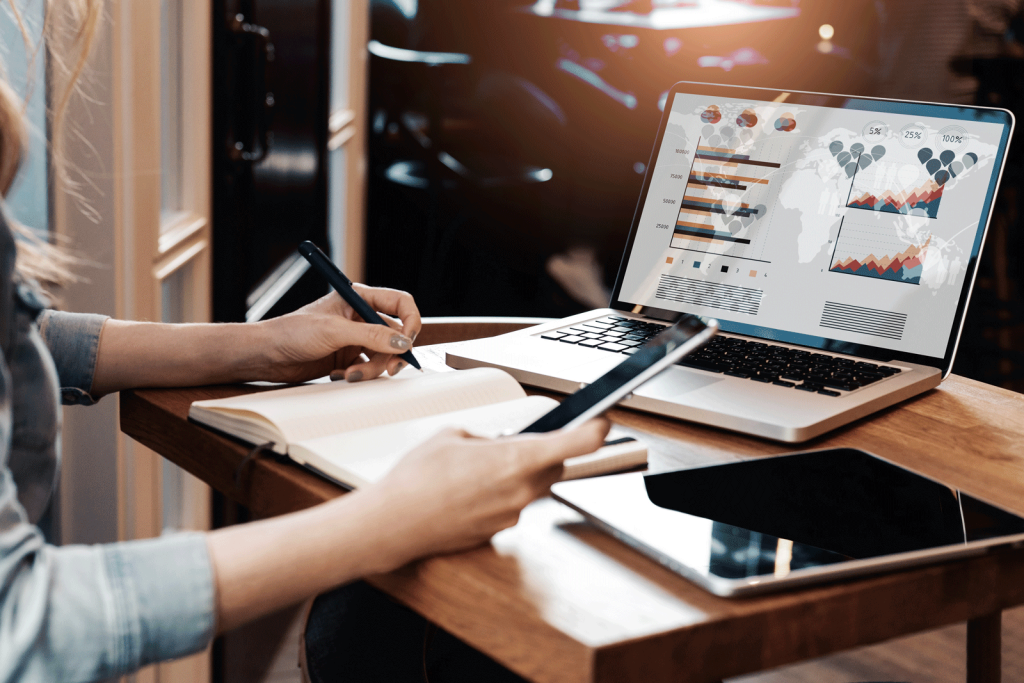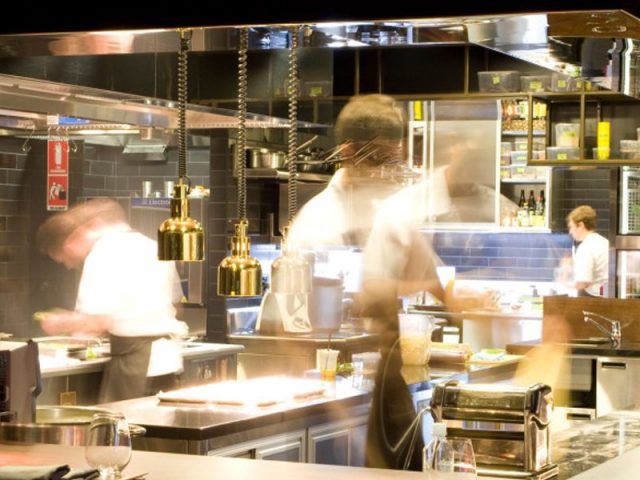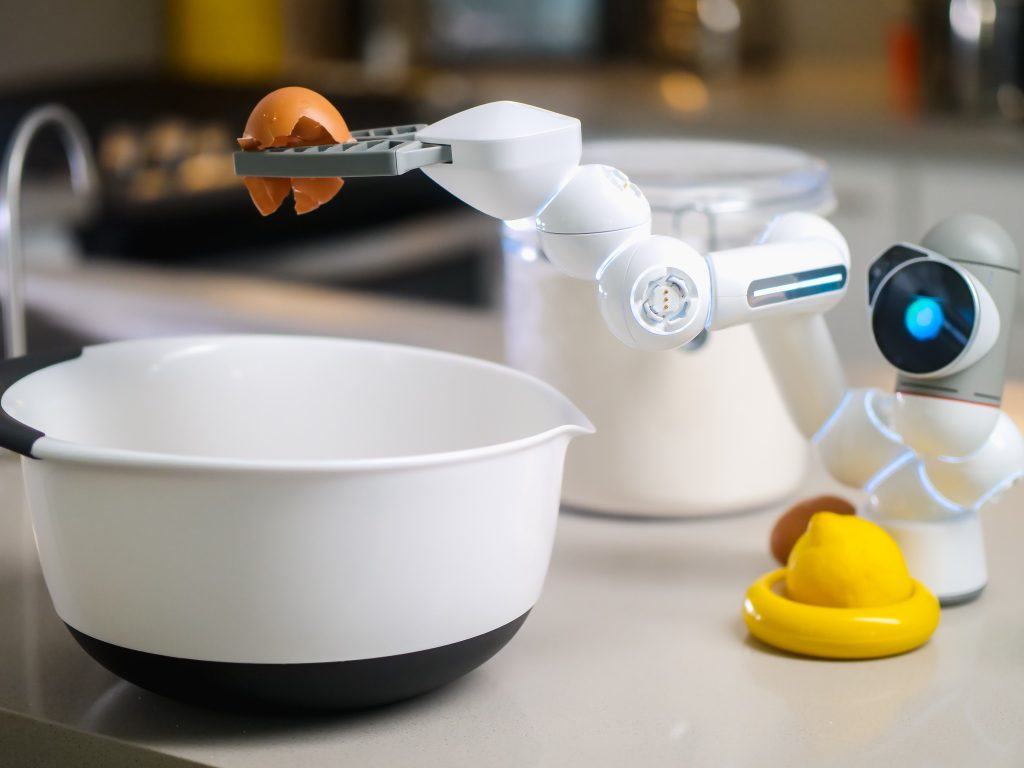Digitization and Automation
Hospitality and digitization were already inseparable far before the coronavirus hit us. A waitress taking an order with a handheld device instead of writing it down by hand is a clear example of digitization, which is considered a normal process by most people. In the coming years the foodservice players will be more automated and experimenting with robotization.
The developments:
Meal delivery and takeout:
The digitization of ordering food and having meals delivered is perhaps the most popular form of digitization in the hospitality industry with platforms such as Takeaway.com and UberEats. With Covid-19 having meals delivered at home became the best alternative to eating out. In 2020, this sector increased by no less than 43.6 percent to a revenue of 2.8 billion euros in the Netherlands. Restaurants were often forced to switch to the well-known platforms in order to still be able to generate revenue.
Reservations:
For reservations it is important that you are easily found online. Can your guests book via Google, your own website and/or social media? Then you increase the experienced hospitality! In addition, the right reservation tool saves you a lot of time.
Digital menus and QR codes:
The revival of the QR code. Scanning vaccination certificates, digital menus, ordering and paying directly from your phone: QR codes play a crucial role in modern hospitality communication. Also from a hygiene and safety point of view, QR codes can often be found on tables to replace the physical menu.
Website:
Digital efficiency: ordering and paying online via a website or a link. This is not only safe, but by making guests responsible for the ordering process, overlooked tables are a thing of the past. This also greatly reduces the chance that a table decides to leave without paying.
Kitchen:
Digital bar- and kitchen screens ensure that orders arrive in the bar and kitchen in the correct packing- and/or preparation order. In the kitchen, employees from different parties can digitally see the progress of combined receipts, so that they can perfectly coordinate the preparations. You will not directly achieve more revenue, but you will certainly save costs with an optimal preparation process.
Order application:
Instead of ordering with a piece of paper and a pen, you can now order online from many suppliers. With all the associated benefits.
Products and prices are clear
- Products and prices are clear because an ordering platform is linked to the supplier's inventory system.
- One way of ordering from all your suppliers. That saves time and money.
- Order by smartphone (which you always have with you) and pass it on to your suppliers
- Inspiration through featured products. With a fax-list or e-mail-list from your catering supplier, you will never get a full insight into the complete range of products. That is not only a missed opportunity for the supplier, but for you as well.
- Order lists make sure you don't forget anything because if you work with pen and paper, or by heart, such a mistake is easily made. Then you have to make an extra call and your supplier needs to make an extra delivery. That will cost you a lot of time and money you’d rather spend on something else.
- The ordering process is transferable because you can log in with one, two or even more people to see what has been ordered the previous day.
- One way of ordering from all your suppliers. That saves time and money.
- Order by smartphone (which you always have with you) and pass it on to your suppliers
- Inspiration through featured products. With a fax-list or e-mail-list from your catering supplier, you will never get a full insight into the complete range of products. That is not only a missed opportunity for the supplier, but for you as well.
- Order lists make sure you don't forget anything because if you work with pen and paper, or by heart, such a mistake is easily made. Then you have to make an extra call and your supplier needs to make an extra delivery. That will cost you a lot of time and money you’d rather spend on something else.
- The ordering process is transferable because you can log in with one, two or even more people to see what has been ordered the previous day.
Staff:
Employee planning software really only adds value when you integrate the entire process surrounding personnel. For example, making a work schedule starts with stating the availability. Then you can use standard work schedules that you adjust with the help of your tool to the expected revenue or weather forecast. In addition, make sure that the time registration is done digitally. This is possible, for example, with a time registration clock or app. You will then see the hours worked in your software tool. When the tool also links with your remuneration package, you enjoy even more added value. The entire process from availability to payment now runs automatically with all the additional benefits of cost savings, transparency and good employership.
Management:
By digitizing various processes, you also create more data. Keeping track of data on sold products, performance of branches/ sales points and results of employees can be a major challenge due to the large amount of information. But this process can also be optimized through digitization. With Business Intelligence tools you can clearly see how your hospitality business is performing.
Conclusion:
What is the future of robots in the hospitality industry? A gimmick or the only solution?
Artificial intelligence (AI) and related technologies are reshaping the way of working in F&B companies, restaurant chains, hotels and catering companies. According to research by McKinsey & Company, 73% of hospitality work has the potential for automation because it involves predictable activities or machine operation. Many people worry that artificial intelligence and robots will cost many people their jobs and lead to even more unemployment. However, the companies developing the technology disagree and emphasize that these technologies are not intended to completely replace human hospitality staff, but to make their work easier, more efficient and enjoyable and to take over boring and repetitive tasks. They believe that these developments cannot or can hardly be stopped. So don't be surprised if you are greeted and helped by a robot the next time you visit a bar or restaurant.
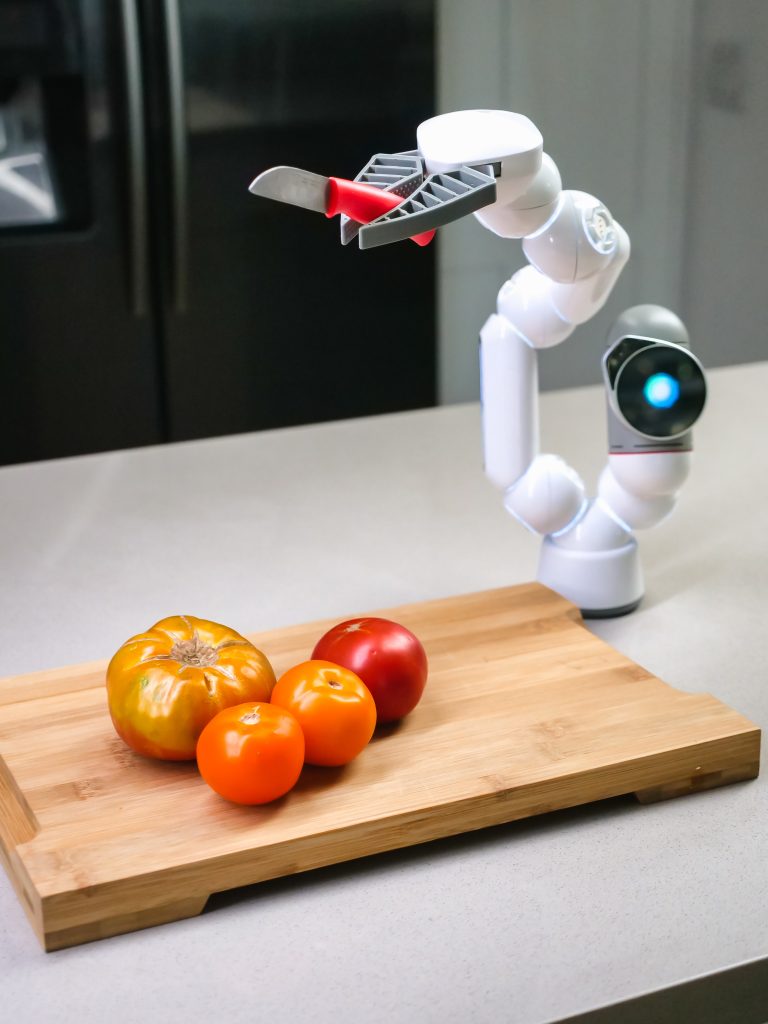
Robotrestaurant Spyce
Want to be served a healthy meal in just three minutes? It's possible at robot restaurant Spyce in Boston. Guests select the desired meal via a touchscreen. Immediately afterwards, the system comes into operation. The ingredients are collected in the correct portions and added to an induction wok. While rotating, the wok cooks the ingredients and then serves the order in a bowl. Human hands finish it off with various garnishes and toppings.
A few examples:
The robots of the Italian company Makr Shakr have now made more than a million cocktails. The two arms have access to a bottle-ceiling and other ingredients, such as ice, lemon and syrup, and shake a cocktail in under 90 seceonds. But we don't necessarily have to go abroad for these kinds of innovations. Take mr. Mofongo in Groningen, where bartenders work with two ultramodern robots. Owner Patrick Beijk: “with one robot, the bartender enters one of the 56 liqueur numbers and while the robot arm taps it from an eight-metre high wall, the bartender prepares the glass. New is the horizontally moving robot arm in the wine cellar, which guests can see through the transparent floor. This arm retrieves one of the eighty (!) bottles selected by the bartender. At the same time, a vertically moving robot arm places the glasses and then delivers the full glass or wine bottle to the bartender.”
Burger Restaurant Creator
Crazy about burgers? Then we have good news for you. At burger restaurant Creator, burgers are freshly made with a 'hamburger machine'. Baking buns, adding sauces, cutting the toppings fresh, melting cheese and baking the hamburger: the hamburger robot does all the work. Guests can track their orders through the glass wall.

